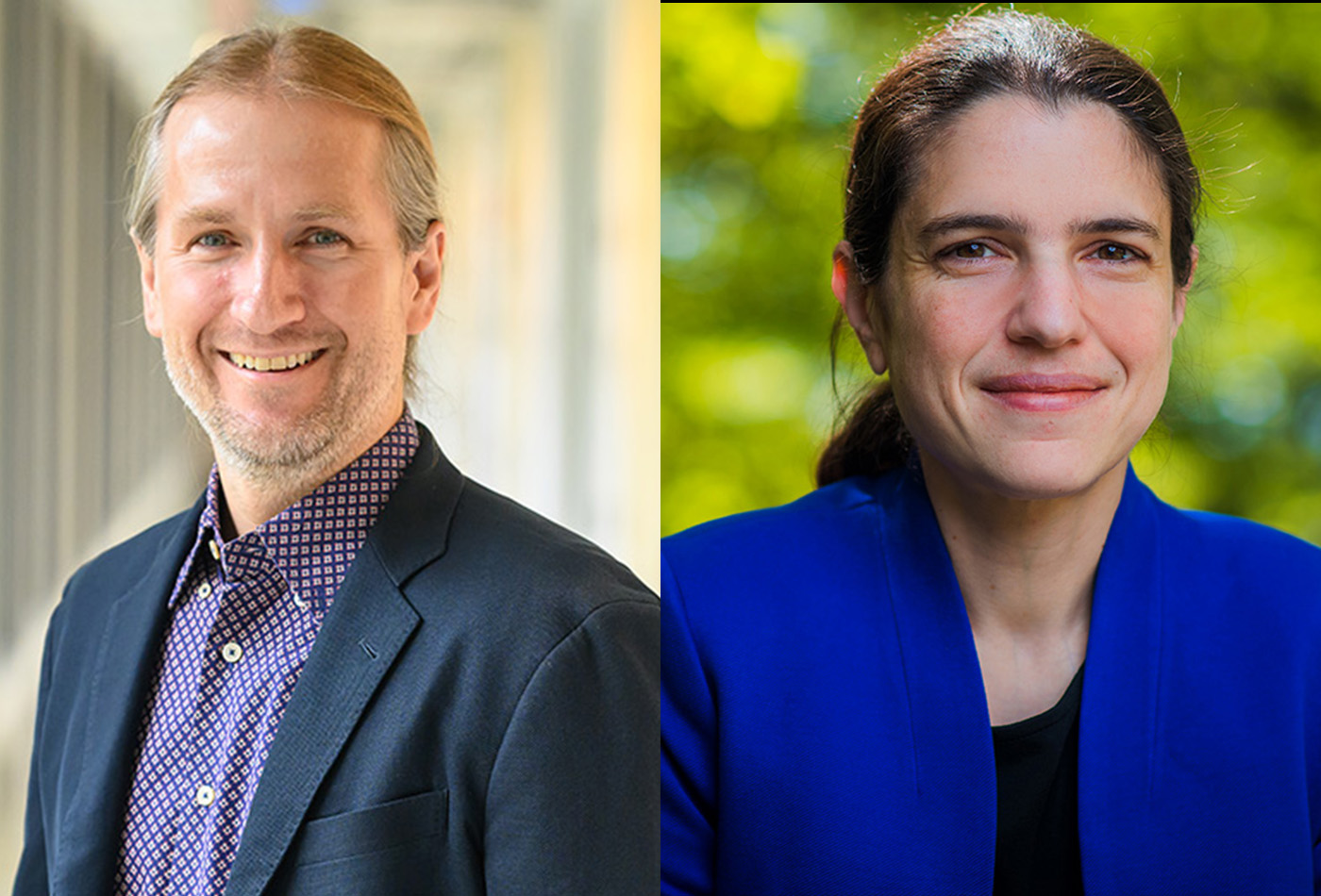Graduate Student Spotlight: Kayla Storme
Chemistry Graduate Student Kayla Storme describes her research and answers 20 random questions as part of the Graduate Student Spotlight series.
Industrial chemical separation processes—such as distillations—are energy intensive and account for at least 10% of the world’s energy consumption. To reduce energy costs and carbon dioxide emissions, industries have adopted membranes made of polymers like cellulose acetate to perform separations. However, intrinsic limitations such as instability in aggressive environments and suboptimal performance prevent a broader adoption of membrane technologies.
Since 2004, ultra-rigid polymers of intrinsic microporosity (PIMs) have been focused on extensively for their applications in gas separations. Many PIMs are synthesized through step-growth polymerization and feature contorted, rigid structures in their backbone, which produce contortions and inhibit dense polymer packing. PIMs display several desirable qualities such as solution processability and permeabilities (diffusion of gas from one side of the membrane to the other) up to four orders of magnitude higher than commercial membranes while maintaining similar selectivity (size-sieving capabilities). However, a number of PIMs (most notably PIM-1) show undesirable physical aging (a rapid deterioration in permeability over time) and plasticization effects (a reduction in selectivity)—indicative of poor performance in real-world applications. To address these limitations, a relatively new class of polymers has been developed for gas separations using ring-opening metathesis polymerization (ROMP) called poly(ladder) ROMPs. Films made from poly(ladder) ROMPs have outperformed nearly all other polymeric films, including PIMs, with their exceptional plasticization resistance and their superior physical aging resistance.
Kayla Storme, who came to MIT in August of 2019 from Lisle, Illinois, has focused her research with the Swager Lab on three aims centered on the topological and functional design of polymer morphologies for use in membrane-based chemical separations: investigating the synthesis and transport effects of different functional groups on the rigid backbone topologies seen in PIM-1, evaluating the polymerization and transport effects of different functional groups on the rigid sidechains connected to the flexible backbones seen in the poly(ladder) ROMPs, and examining transport effects from different functional groups on the flexible backbone topologies seen in commercial polymers.
As the subject of this month’s Graduate Student Spotlight, Kayla shares the mythical beast she believed was real for way too long, the most special thing about where she grew up, her favorite book of all time, and more!
- If you could turn any activity into an Olympic sport, what would you have a good chance at winning medal for?
Playing the arcade (or Nintendo Switch) game Groove Coaster.
- What is your dream car or other mode of transportation?
My dream mode of transportation is walking/public transportation (hello NUMTOT), but then my dream mode of transportation is riding a motorcycle (Honda/Yamaha preferred). - If you had a personal flag, what would be on it?
Rilakkuma most definitely would be on my personal flag. - What movie can you watch over and over without ever getting sick of it?
The Brave Little Toaster & Grandma’s Boy. - What did you believe for way too long as a child?
That fire-breathing dragons were real. - What is the most unsettling movie or TV show you’ve ever seen?
The Super Mario Bros. Super Show. - What is special about the place you grew up?
I grew up there (and they have a hot air balloon festival every year). - How did you decide to do the work you are doing now?
A strong motivator for focusing on chemical synthesis was making materials that don’t exist commercially, yet. Also, I felt chemical synthesis was a skill I needed improvement in. Since I was coming from the polymer manufacturing industry, I knew I would be most excited about working with polymers as well as with systems tailored for applications in industry—particularly in reducing the impact of industrial systems (e.g., distillation) on the environment. For chemical separations that are typically done via distillation, 90% of energy costs could be avoided if membrane-based technologies are employed instead. I currently investigate the effects of polymer backbone structure and morphology on gas transport performance in microporous polymer membranes in Prof. Tim Swager’s and Prof. Zach Smith’s labs. - What brand are you most loyal to?
Jay’s Barbeque Chips - Would you rather have a flying carpet or a car that can drive underwater?
Flying carpet – no need to pollute the ocean. - If you received a salary to follow whatever passion you wanted to, what would you do?
I would definitely be a professional cosplayer - What toy played the biggest part in your childhood, and why?
Mega Bloks Dragons because I really liked dragons. - What TV show or movie do you refuse to watch?
Cats (2019) - What is your favorite book of all time?
Zen and the Art of Motorcycle Maintenance by Robert M. Pirsig - Which is your favorite city in the world?
At this moment, Chicago or New York. - What did you think you would grow out of but haven’t?
Anime. - Who are three of your favorite fictional characters?
22 (Soul 2020), Jo (Mythic Quest 2020-), and Ruth (Glow 2017-2019) - What food is delicious, but a pain to eat?
Dessert (too much sugar). - What two things are terrible when separate but great when you put them together?
NaCl. - If you were given one thousand acres of land that you didn’t need to pay taxes on but couldn’t sell, what would you do with it?
Build a livable home with large craft room and office space; put together a workshop for woodworking, metalworking, and motorcycle customization (specifically for maintenance and paint customization); start a community garden for various types of herbs, flowers, vegetables, and local plants.
Many thanks to Kayla for these thoughtful answers! Stay tuned for more Graduate Student Spotlights in the months to come!





